On Sunday, Catalonia will try to stage an illegal referendum on independence from Spain. Catalan President Carles Puigdemont has insisted that regional officials will do their best to hold the vote, but Madrid has cracked down on the efforts. No matter what happens on Sunday, the upshot of the referendum campaign is serious damage to the relationship between Spain’s central government and its Catalan citizens.
Catalonia’s referendum is highly irregular. The same can be said for Spain’s response to it. The situation reflects broader trends that are undermining democratic states and hampering their ability to channel and absorb contention.
Separatist referendums
It is common for secessionists to hold referendums on independence. When the central state negotiates the legality of a vote in advance, a referendum can lead to changes to territory, as would have been the case in Scotland in 2014 and was the case in the 2015 Brexit vote.
Purely symbolic referendums are a persistent feature of a series of frozen conflicts, from Transneistria in Moldova to Abkhazia in Georgia to Somaliland in Somalia. Referendums on independence held by territories with de facto but not de jure sovereignty are aspirational and do little to change the status quo. Similarly, non-binding, unofficial votes can be held in territories with secessionist aspirations. Catalonia conducted an unofficial referendum on independence in 2014.
Other votes on sovereign status, such as in Puerto Rico this spring, are advisory. The results do not take effect but are taken into consideration in policy process or negotiation. Again, those votes do not, in and of themselves, alter facts on the ground. The best-case scenario for advisory votes is to move policy negotiations forward in specific ways. This was the goal of the Iraqi Kurds’ non-binding referendum on independence held last week.
Holding a referendum and using its results as a pretense to declare independence without the support of the central state is rare and dangerous. These votes are akin to the unilateral referendums that disassembled former Yugoslavia. The vote itself poses winner-take-all, existential questions. Regardless of next steps, this can increase polarization in divided societies, and that push toward extremes is on display in Spain.
President Puigdemont has declared that if voters endorse independence, the region will immediately implement a vote for secession. Catalan officials say they will declare independence within 48 hours of an affirmative vote. Such a declaration would pose a constitutional crisis for Madrid, and possibly also for Brussels.
Even without the secession vote, this may be a constitutional crisis. The Spanish Constitutional Court declared the vote illegal, because constitutionally Spain is a unitary, indivisible state. Madrid has been deploying extraordinary measures to block it: Local officials have been arrested, mayors have been threatened with investigation for cooperating, and ballots and election materials have been seized. In addition, the website providing information on where and how to vote was blocked, as were voter information tweets from President Puigdemont. Local and federal police have been deployed to keep voters out of voting locations, and three large ships are housing special police off the Catalonian coast, ready to respond to unrest over the weekend.
How did we get here?
Catalonia’s independence movement has been using referendums to move its agenda forward for years. Since the restoration of democracy in 1976, the region has enjoyed renewed autonomy. Catalans overwhelmingly supported referendums enacting the 1978 constitution, which asserts the unified state of Spain, and the 1979 law on autonomy. However, when the law on autonomy was re-written in 2006, Catalans objected to changes made in the Spanish legislature. The referendum enacting that law passed with 74 percent support, but with low voter turnout.
Contention over the new autonomy law in 2006 was followed by the 2008 economic crisis. Catalonia, a donor region that redistributes wealth to other areas of Spain, harbored grievances about the handling of Spain’s financial crisis.
Simultaneously, the opposition party in the Cortes Generales, Partido Popular, challenged many provisions of the 2006 autonomy law in the Constitutional Court. The law did not go into effect while the case was being considered, and it continued on for several years. While the court deliberated, Catalan separatists held a series of city-level polls on independence. From 2009 through 2010, hundreds of Catalan municipalities held these symbolic votes, including Barcelona. Turnout rates were low, less than 30 percent overall, but support for independence was high, over 90 percent of votes cast.
When the court struck down the autonomy law provisions, the Catalan parliament passed a resolution to hold a referendum on independence during the next session. In 2012 regional elections, the pro-independence party gained seats, although moderates retained the presidency. A declaration of sovereignty was passed in Catalonia in 2013 and declared unconstitutional in the Constitutional Court. Similarly, the court declared the 2014 non-binding referendum on independence illegal. Consistent with the 2009-10 polling, the 2014 vote had low turnout showing high levels of support for independence.
Non-binding votes on sovereignty questions tend to have high levels of support, as “yes” voters turn out while others stay home. Catalonia, however, has held numerous votes, witnessed mass demonstrations, and experienced Madrid’s attempts to quash the region’s assertions. This has most likely sharpened opinions, reduced the pool of undecided or disengaged voters, and increased support for regional rights. Polling suggests that while independence remains a minority position, Catalans increasingly support the right of their region to conduct the referendum.
Larger context
Catalonia’s vote is not part of the global wave of populist authoritarianism. But, the rise of populism and the rise of separatism are symptoms of the same problems. States are struggling to manage diversity and internal economic disparity. This seems to be true even in rich, well-consolidated democracies. Indeed, Catalonia is a rich region in a democratic country.
Referendums have been used to establish new nation-states and declare independence for a couple hundred years. There have been many such votes all around the world. However, independence referendums are not evenly distributed throughout history. They are held in moments of systemic contention and change. The last wave of this type of referendum was held 25 to 30 years ago, with the dissolution of the Soviet Union and former Yugoslavia. It is possible that the current increase in referendums used to deconstruct state structures, including Brexit, demonstrates the inability of states to adequately adapt to the existential challenges.
How else might the Spanish state address the demands of Catalan separatists? It is not surprising that Madrid has responded to the vote with a crackdown. States that face more than one separatist movement are more likely to use force in response to secessionist movements in order to avoid balkanization. However, the message this strategy has sent to the separatist Basque region may be that Spain is an untrustworthy partner to its autonomous regions.
Moreover, polls have shown that a majority of Catalans would like to remain within Spain. A better strategy might have been constructive engagement, or simply allowing the vote to take place and encouraging “no” voters to participate. Other European states with possible separatist movements, including France, the United Kingdom, and Italy should be cautioned.
The Brookings Institution is committed to quality, independence, and impact.
We are supported by a diverse array of funders. In line with our values and policies, each Brookings publication represents the sole views of its author(s).

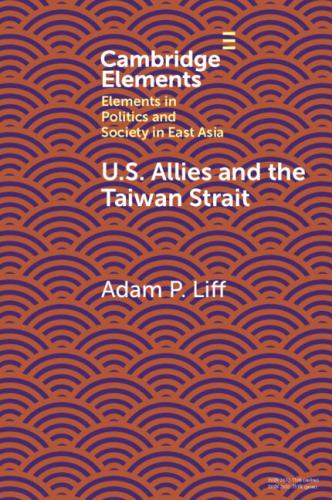
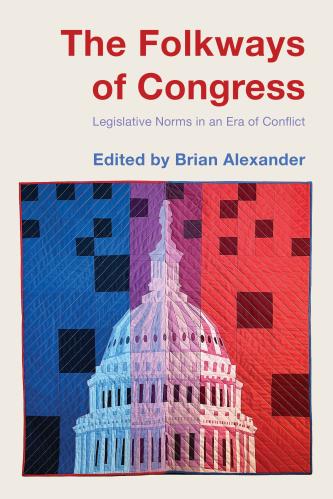
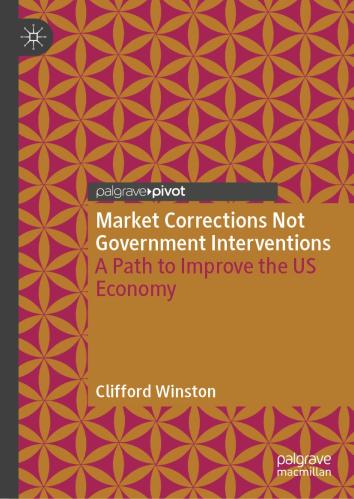


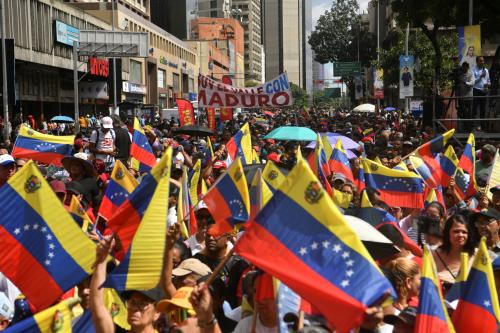

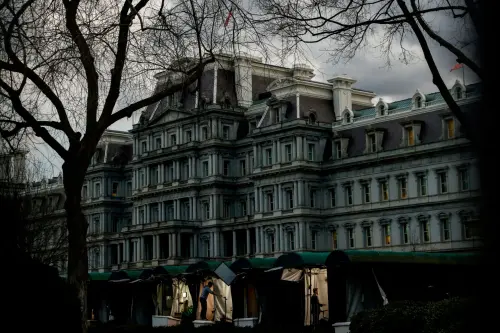
Commentary
The referendum in Catalonia, explained
September 29, 2017